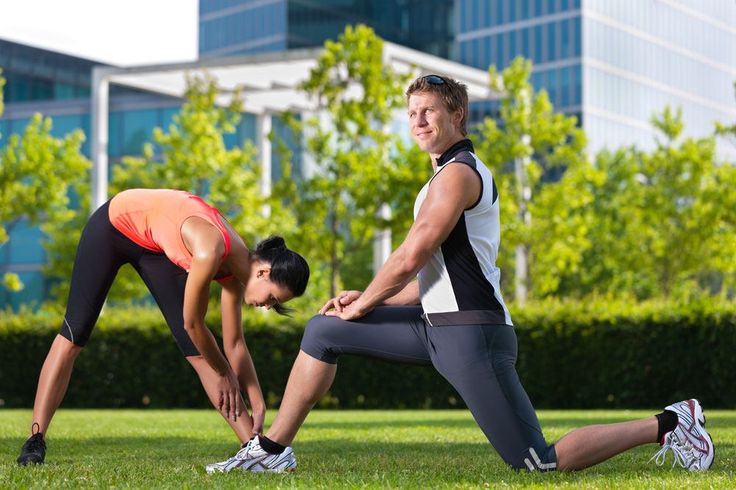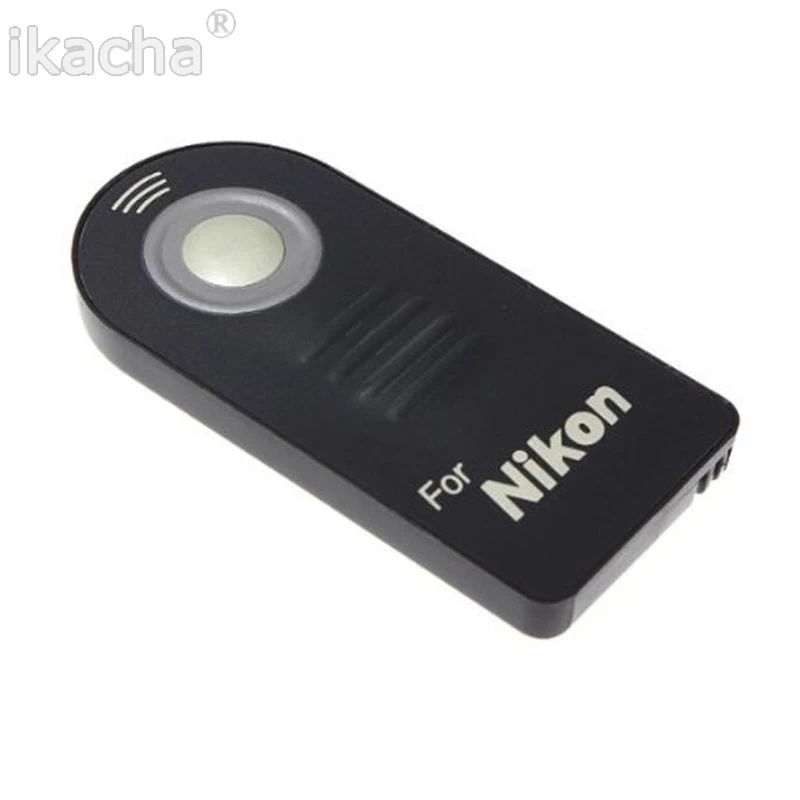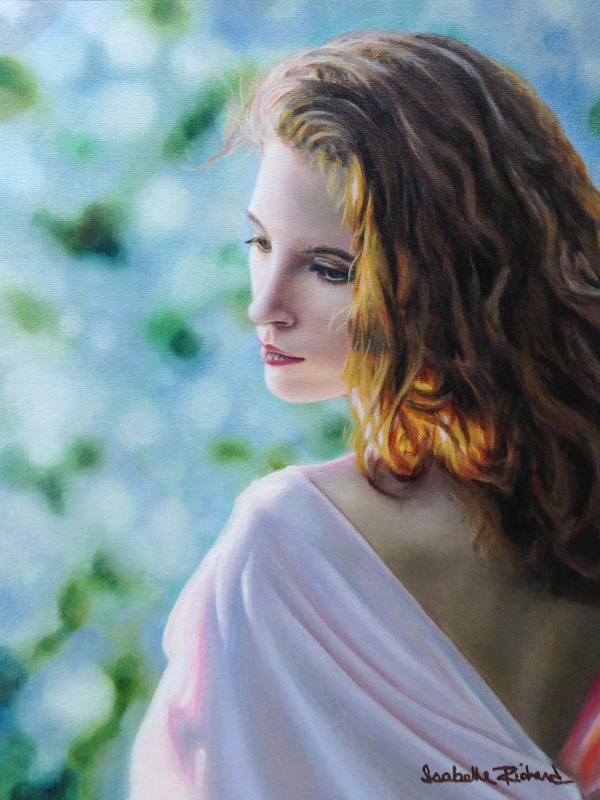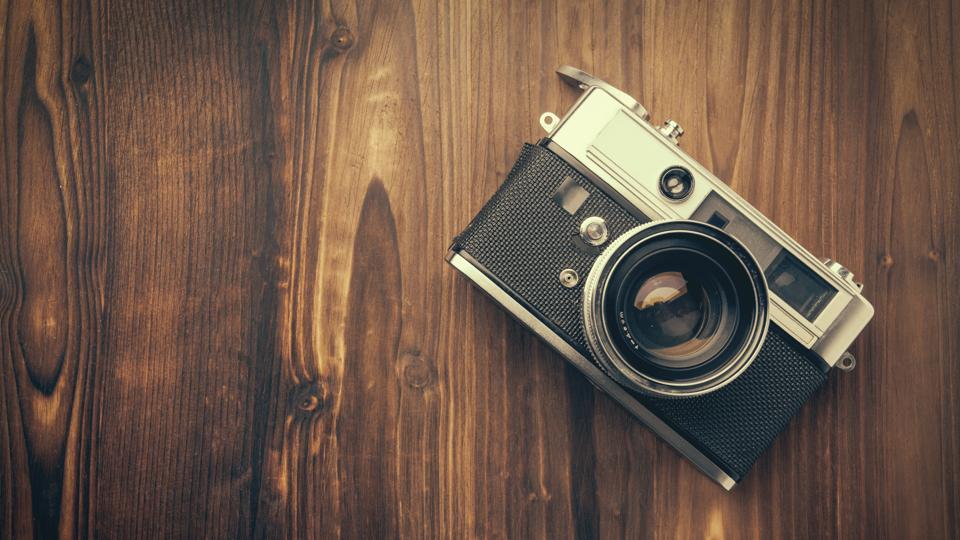What does aesthetically pleasing mean
Aesthetically Pleasing: Meaning and Examples
Since the beginning of time, humans have been drawn to beauty. Beautiful things have always managed to captivate us and draw us in, inspiring art, life, love, literature, creativity, passion, and invention in their wake.
However, the question then becomes what makes something beautiful? The old adage that “beauty is in the eye of the beholder” is not completely true- humans are actually coded to be drawn to certain things as more beautiful than others.
The way that we categorize things as beautiful has a lot to do with their aesthetic value and whether something is considered aesthetically pleasing. What is aesthetically pleasing?
What does Aesthetically Pleasing Mean?
Aesthetically pleasing generally refers to an object or item that someone considers to be beautiful or attractive. To call something aesthetically pleasing means that you consider it beautiful and satisfying, something that fulfills all of your needs and qualities for beauty in one object.
It comes from the world aesthetic, meaning the pleasant, positive, or artful appearance of a particular object.
To be aesthetically pleasing is to be so completely satisfactory and fulfilling in every way that you’re considered beautiful by almost everyone you meet.
What Makes Something Aesthetically Pleasing?
The basis of aesthetically pleasing is actually grounded in ancient science. Over two thousand years ago, a Greek mathematician and sculptor was working to craft his latest masterpiece when he discovered a mathematical miracle: when a line is divided into two parts following the proportion of 1:1.618, it creates an appealing and attractive proportion.
This ratio became known as the golden ratio or the divine ratio, and when the divine ratio is used it is considered aesthetically pleasing and the sheer scientific definition of beauty.
Renaissance painters and sculptors like Botticelli and Leonardo Da Vinci made the golden ratio popular by using it to sketch and paint their famous works including the Mona Lisa.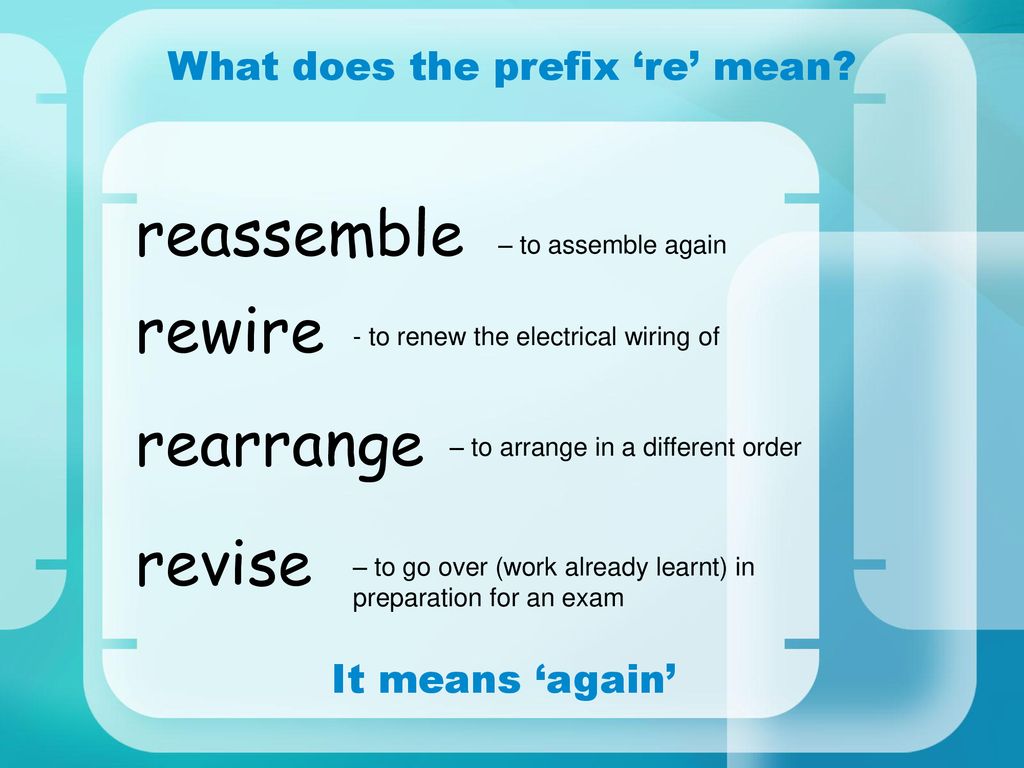
Today, the golden ratio is used to calculate aesthetic beauty treatments and to design interior and exterior art and architecture. The golden ratio is actually coded into our brains, so much so that we subconsciously judge a person or item’s beauty based on its symmetry and elegance as according to the golden ratio.
The closer an item comes to the golden ratio, the more aesthetically pleasing it becomes. To that end, we continue to find items that have been designed with the golden ratio in mind aesthetically pleasing, and it remains our major definition for aesthetically pleasing today.
10 Examples of Aesthetically Pleasing Things
1. An Unopened Jar of Peanut Butter
Peanut butter is a popular food staple for many homes, but what many don’t know is that the unopened and untouched surface of peanut butter is actually a very aesthetically pleasing image.
The surface tension on the top of the peanut butter provides a reflective surface that shows off your face, and it’s perfectly smooth and perfectly symmetrical, making it incredibly aesthetically pleasing.
2. Aphrodite of Knidos
This ancient marble statue was carved thousands of years ago as a stunning testament to beauty and elegance. Crafted with the divine ratio as its major design foundation, this symmetrical masterpiece has experienced some damage over time, but still appeals to us as an elegant statement of the art of the female body.
3. A Perfectly Filled Outline
Another big component of aesthetic design is complete symmetry, coverage, and fullness. Perfectly filled out lines are great examples of mirrored and fully designed and filled items that are incredibly aesthetically pleasing.
4. A Minimalist Room
Less is more, and with aesthetically pleasing areas sometimes a simple look is the most secure. A smooth, calm, and open space is going to draw your eye to a few major focal points while also highlighting clean and open silhouettes, making it a supremely aesthetically pleasing room and overall design.
We love decorating our Minimalist Home with Handmade Gant Lights.
5. Sunsets
Many people enjoy sunsets as aesthetically pleasing because of their artful combination of colors and linear designs. Sunsets mirror each other across the sky and create an expansive canvas for symmetrical and stunning images and color palettes, making them an extremely aesthetically pleasing object.
6. Kaleidoscope Patterns
With their colorful and bold patterns and statements, not everyone automatically assumes that kaleidoscope patterns could be considered aesthetically pleasing. However, kaleidoscope patterns are perfectly symmetrical and balanced by image shape and design across the entire pattern, making them extremely aesthetically pleasing and balanced.
7. A Calm Sea
The moving water and calm seas of the ocean are all perfect factors for what we’d consider aesthetically pleasing. The soft and mirror like finish of the water often means that you’re sitting atop what feels like glass, and the endless expanse of sky meeting sea is incredibly soothing and symmetrical.
8. Islamic Art
Islamic art is often considered a highlight of aesthetic pleasure because of its bold use of colors, patterns, carvings, textures, and symmetry. The balanced and ancient approach of Islamic art means that everything is carefully designed and visually appealing, making it a stunning example of beauty.
9. Leonardo Di Caprio
Leonardo di Caprio is considered one of the most aesthetically pleasing people on the planet. His round and symmetrical face almost perfectly matches the requirements set out by the divine ratio, and his warm and quirky smile gives people comfort and confidence in him. In his many movies and film, he’s been lauded as attractive, beautiful, and aesthetic, a good sign he’s aesthetically a great fit.
10. Angelina Jolie
Another actress that is considered to be one of the most aesthetically pleasing women alive, Angelina Jolie has long been a popular aesthetic favorite. Her features balance each other out and complement their overall look, balancing with her hair and the rest of her body to create a symmetrical and aesthetically pleasing overall look.
Final Thoughts
Aesthetically pleasing is a diverse category that can describe or include many different things. From people to artwork, skylines to design ideas, aesthetically pleasing means focusing on symmetrical and centered beauty, praising the simple and the balanced as the foundation of all that is beautiful.
What Makes Something Aesthetically Pleasing? – Simple Minded
Whether you’re decorating your home, wondering what clothing items look best together, or wanting to develop a better appreciation for the arts and design. Brushing up on your aesthetic abilities can be a great way to hone in on your style and bring more enjoyment to your life.
However, sometimes we aren’t sure of our style, or how to evaluate what we like and what we don’t. Why is this?
At one point or another, we’ve all wondered why we find some things attractive and other things tacky. Or why we sometimes just don’t like something, but can’t quite pinpoint why.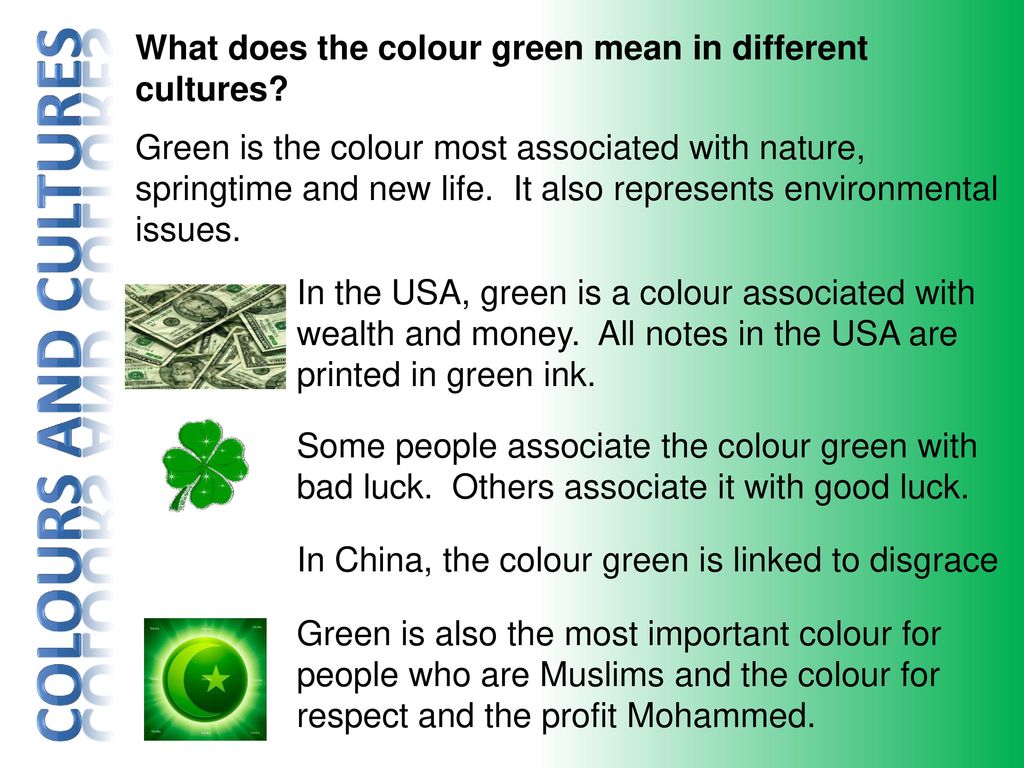 Whether we are aware of it or not, we are always using our aesthetic judgement to evaluate the world.
Whether we are aware of it or not, we are always using our aesthetic judgement to evaluate the world.
Aesthetics provide the language used to express our experience of beauty and enjoyment. The term aesthetically pleasing can be used to refer to anything in the world around us that we sense as being beautiful or enjoyable; including what we see, hear, touch, taste, and smell. We experience aesthetics using all our senses.
Aesthetics not only help us explore and understand the world via our senses, as I discuss in this article, they actually play a role in our happiness. Studies have shown that having positive aesthetic experiences affects us emotionally resulting in feelings of calm, appreciation and joy.
All the more reason to brush up and improve our aesthetic sensibilities!
In this article I’ll provide a brief aesthetics overview and then we’ll dive into some of the principles commonly used in design to make objects more visually aesthetically pleasing. Let’s go.
Let’s go.
Brief History of Aesthetic Appreciation
Throughout history philosophers have debated the nature of aesthetics and what makes something aesthetically pleasing. During the 18th century beauty was judged by a measure of taste. You were believed to have taste if you had the innate ability to experience the immediate beauty of something without having to think about or study it. It was sensed immediately.
Taste was commonly perceived as something you were either born with or not.
The more modern interpretation we know today started developing in the 19th century where aesthetics became more generally understood to be the formal qualities of something such as its color, proportion, rhythm, etc. While there are some people who would argue that we still have no definitive answer today, there are some general ideas that have stood the test of time.
The “Golden Mean” or “Golden Ratio” is one such concept commonly found in nature and throughout art history.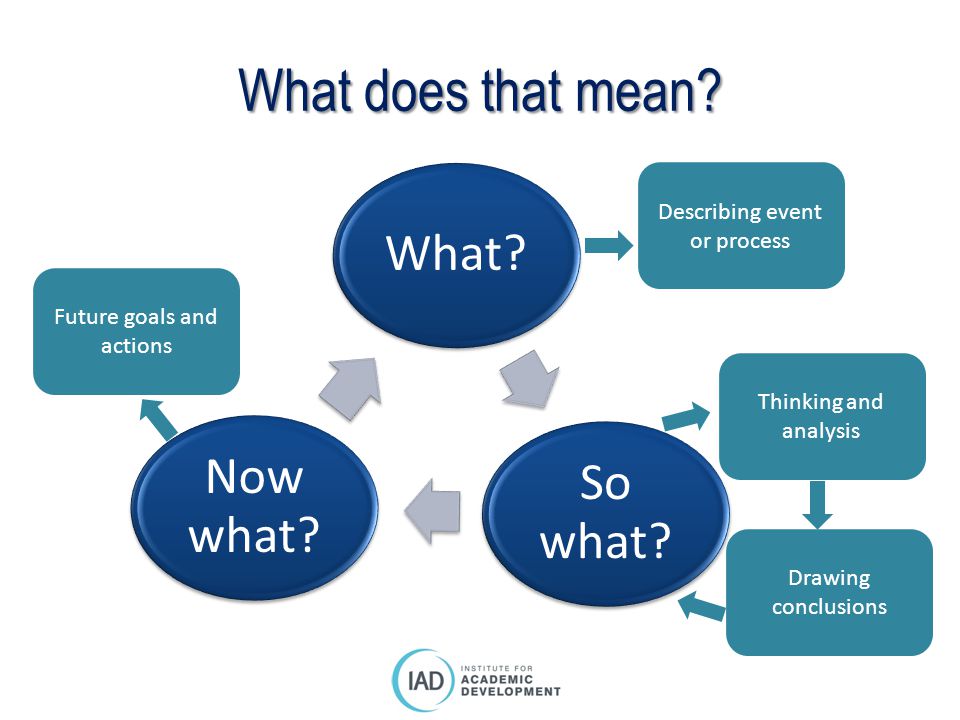 The golden mean is said to exist when a line is divided into two parts and the longer of the two parts divided by the smaller part is the same as the sum of the two parts. It is believed to be the ratio of harmony and beauty.
The golden mean is said to exist when a line is divided into two parts and the longer of the two parts divided by the smaller part is the same as the sum of the two parts. It is believed to be the ratio of harmony and beauty.
Artists and designers have been attempting to make their creations aesthetically pleasing for centuries. However, more recently social psychologists have shown via studies that people perceive aesthetically pleasing objects as easier to use and better quality overall. This is referred to as the “halo effect”.
What does this mean for us as consumers? Designers are now more than ever keenly aware that aesthetics are a 4D experience. Meaning, they appeal not just to sight, but to all our senses. They also know that beautiful objects are perceived to be more valuable and more functional, even if this is not always true. The perception still holds.
Take our smartphones for example, when comparing two phones there may be nothing inherently different about them from a component standpoint, but one may be considerably more expensive because it has a prettier design and a simpler user interface.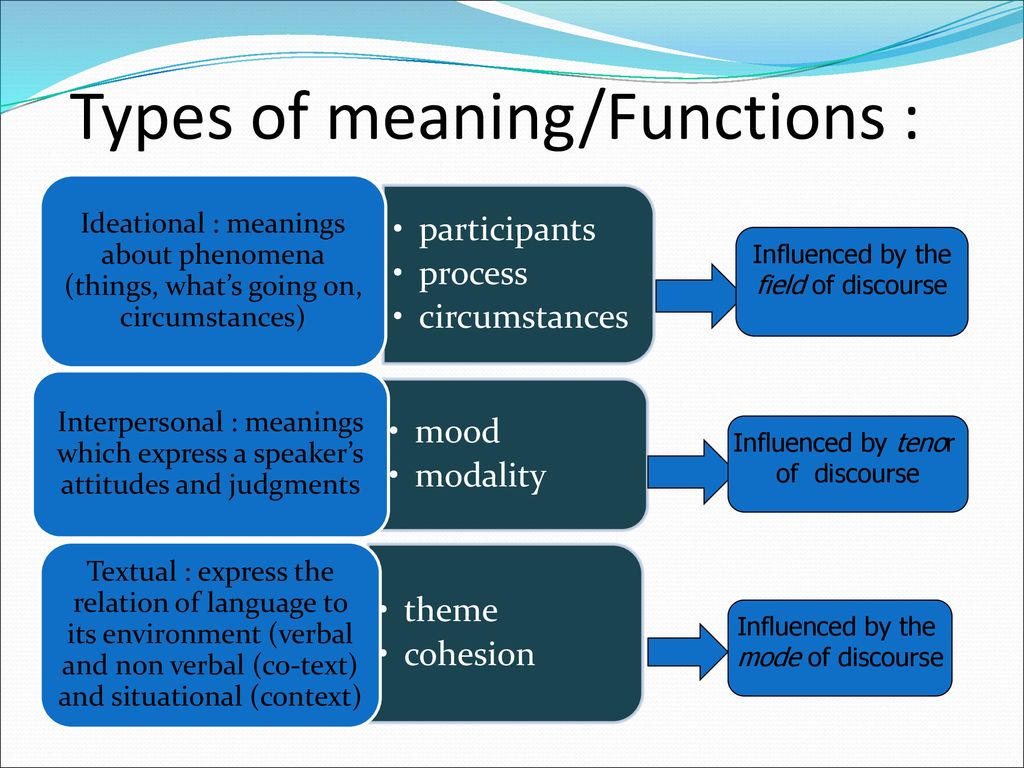
Aesthetics extend beyond the realm of art into our daily lives. Designers know that we as consumers we are no longer expecting just basic functionality when we make a purchase. We are looking to buy beautiful objects that stimulate our senses and evoke positive emotions.
We are also becoming the designers of our lives by developing our own unique personal style which we seek to express in our homes, dress and lifestyle.
Aesthetics Through Our Senses
Now let’s take a closer look at how aesthetics engage our senses to gain a better understanding of the qualities perceived by each of the five senses. Learning these qualities improves your design sensibilities which makes you a better critic. It also helps you gain a better understanding of your personal taste and provides a method of evaluating what you like and don’t like.
With all five senses, the experience is made more aesthetically pleasing when the qualities are combined in a way that creates harmony, balance, and interest.
Vision
For most people, vision is the most dominant sense and is the one that we typically think of first when it comes to aesthetics. We are naturally drawn to looking at and admiring beautiful things. Whether we are taken with the color, shape or an interesting pattern, our eyes are captivated by what we see.
In visual aesthetics the following principles are used to create beauty: balance, emphasis, rhythm, proportion, pattern, unity and contrast. Along with the visual elements: color, line, shape, value, texture.
Hearing
Our ears allow us to perceive an even deeper sense of aesthetics. For instance we can hear the sound an object makes or the melody in a song. Sound aesthetics can be enjoyed on their own or combined with other senses to create immersive experiences.
Sound aesthetics use the following elements to create enjoyment for our ears: loudness, pitch, beat, repetition, melody, pattern, noise.
Touch
Our sense of touch also plays a key element in aesthetics. How many times have you evaluated a piece of clothing or other physical object based on how it feels to touch? Skin is our largest organ and we interact with everything in our environment via touch in countless ways on a daily basis.
Important elements of touch aesthetics include: texture, shape, weight, softness, temperature, vibration, sharpness.
Smell
Our sense of smell can alert us to dangers like smoke, but it can also alert us to dinner or to the beautiful aroma of flowers. Like sound, it takes our aesthetic experience to a higher level.
Some common aesthetic qualities of smell include: sweet, fruity, fragrant, pungent, chemical, woody, minty.
Taste
When it comes to food, our sense of taste is arguably the most important aesthetic sense but vision, smell, touch and even sound can all play and important part. Eating is definitely a 4D experience of the senses.
Eating is definitely a 4D experience of the senses.
Aesthetic qualities of taste include: umami, sweetness, sourness, bitterness, texture, pungency.
Examples of Aesthetics
Now that you have a better understanding of the qualities used in aesthetics across all our senses. Let’s explore some examples of visual aesthetics you can use in your decor, wardrobe planning and any area you wish to develop your personal style.
Balance
Balance creates stability and sense of equilibrium and is usually achieved through symmetry, asymmetry and radial symmetry.
Color Symmetry
(credit Pinterest)
Symmetry in Fashion
(credit Pinterest)
Symmetry in Decor
(credit Pinterest)
Color Asymmetry
(credit Pinterest)
Asymmetry in Fashion
(credit Pinterest)
Asymmetry in Decor
(credit Pinterest)
Radial Color Symmetry
(credit Pinterest)
Radial Symmetry in Fashion
(credit Pinterest)
Radial Symmetry in Decor
(credit Pinterest)
Emphasis (focal point)
Emphasis create a focal point or area of interest that commands attention over other elements.
Color Emphasis
(credit Pinterest)
Emphasis in Fashion
(credit Pinterest)
Emphasis in Decor
(credit Pinterest)
Rhythm (movement)
Rhythm is used to create a sense of action. Often used to draw your eye in a certain direction or give the feeling of movement.
Color Rhythm
(credit Pinterest)
Rhythm in Fashion
(credit Pinterest)
Rhythm in Decor
(credit Pinterest)
Proportion (scale)
Proportion plays with the relationship of scale and other elements to create interest.
Color Proportion
(credit Pinterest)
Proportion in Fashion
(credit Pinterest)
Proportion in Decor
(credit Pinterest)
Pattern (repetition)
Pattern and repetition are used to create visual tempo and beat. Patterns can be organic and free flowing or geometric.
Color Pattern
(credit Pinterest)
Pattern in Fashion
(credit Pinterest)
Pattern in Decor
(credit Pinterest)
Unity (harmony)
Unity and harmony is achieved when elements are combined in a way that accents their similarities. Can be created through color and other elements that compliment each other.
Color Unity
(credit Pinterest)
Unity in Fashion
(credit Pinterest)
Unity in Decor
(credit Pinterest)
Contrast
Contrast plays with diversity, bold differences of color, negative/positive space, and juxtaposition.
Color Contrast (low to none)
(credit Pinterest)
Contrast in Fashion
(credit Pinterest)
Contrast in Decor
(credit Pinterest)
Understanding the impact of aesthetic packaging design on the consumer
The psychology of packaging design has become a major concern for marketers as there is increasing evidence that visual aesthetics play an important role in product success.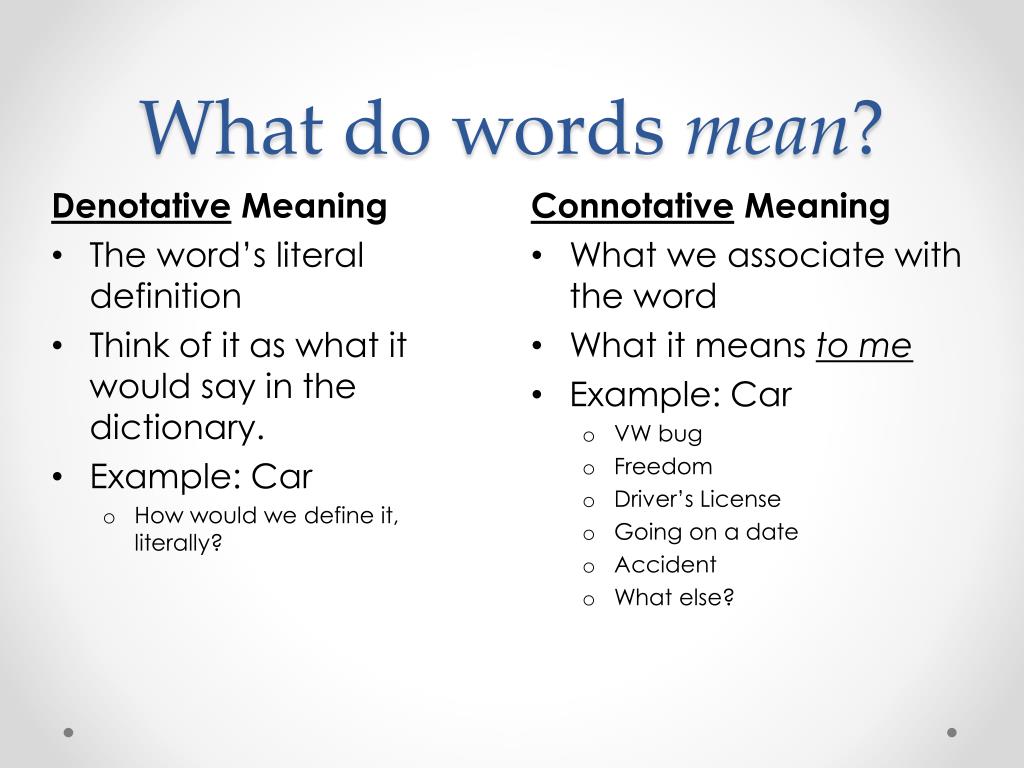 Research shows that aesthetic packaging design results in increased time consumers spend making decisions. In fact, the more aesthetics in the package, the more likely it is to be chosen over other brands that come in standard packaging, regardless of price.
Research shows that aesthetic packaging design results in increased time consumers spend making decisions. In fact, the more aesthetics in the package, the more likely it is to be chosen over other brands that come in standard packaging, regardless of price.
The influence and essence of aesthetics
Aesthetics can be defined as the appreciation of art and beauty. The term was originally coined by Baumgarten in 1735 to refer to the perception of the senses. People are naturally attracted to colorful items that stand out visually. The brain's reward system is able to focus on stimuli that attract associations from favorable experiences.
Interestingly, a 2010 study by Hoegg, Alba and Dahl found that when aesthetics and product features conflict, people tend to prefer the less attractive product. Another study by Vicer and Hutchinson at 1998, showed that unity and presentability are important factors that elicit aesthetic responses from consumers. In 2004, Leder, Belke, Eberst and Augustine developed a model for the process of aesthetic judgment, identifying the following five stages:
Aesthetic emotion is the result of this process.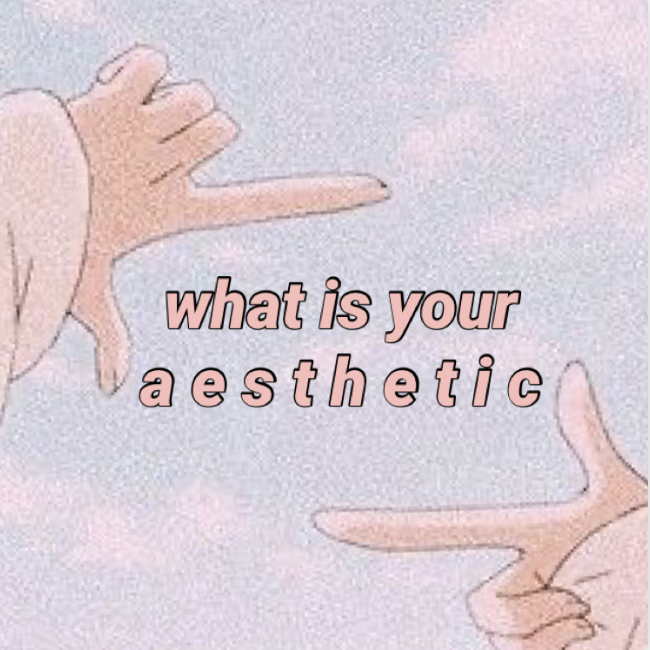 The authors believe that this judgment is the culmination of the constant satisfaction of the aesthetic element throughout the entire five-stage evaluation process. Various studies show that consumers perceive differences between aesthetic and standardized packaging differently. One way to measure this process is reaction time, as proposed by Sternberg in 2004.
The authors believe that this judgment is the culmination of the constant satisfaction of the aesthetic element throughout the entire five-stage evaluation process. Various studies show that consumers perceive differences between aesthetic and standardized packaging differently. One way to measure this process is reaction time, as proposed by Sternberg in 2004.
Aesthetic effects as measured by consumer reaction time
Longer emotional reaction time to aesthetic and standardized packaging is a key hypothesis in market research related to aesthetic packaging design. A 1993 study by Madsen, Brittin, and Capperella-Sheldon supported this notion by looking at longer response times for music as an aesthetic experience. In 2004, Chatterjee proposed a model of the process a consumer experiences when exposed to a visual stimulus, based on the processing of these factors that elicit emotional responses:
-
color
-
brightness
-
form
-
movement
-
location
When these phases are combined with an identity such as the identity of a place or person and the consumer's attention, the result is an emotional response accompanied by judgment.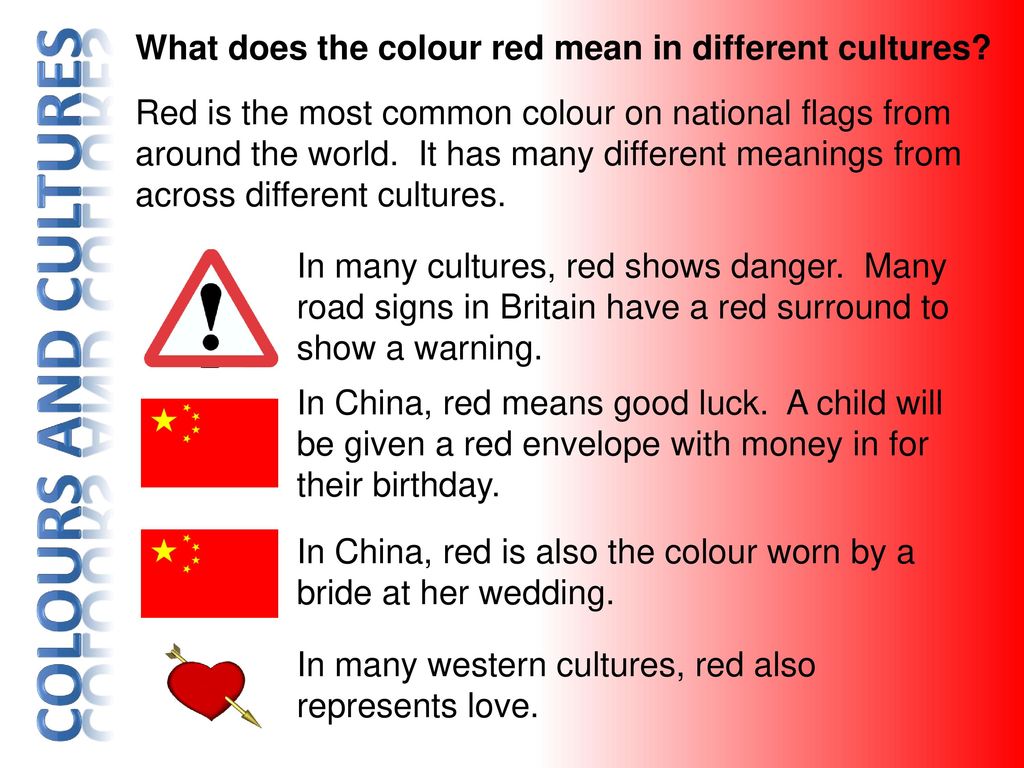 Subsequent research has shown that reward—the positive value that a person associates with a product—is something that can guide aesthetic opinions and decisions.
Subsequent research has shown that reward—the positive value that a person associates with a product—is something that can guide aesthetic opinions and decisions.
Aesthetics Designers to Consider
It is fairly clear from various studies that aesthetic packaging induces longer response times than standard packaging, which may still help consumers favor unknown brands over popular brands. Even when aesthetic packaging is ranked higher, this observation in the studies was still true. The more time people spend obsessing over packaging, the more likely it is to lead to a favorable judgment.
Marketers should still be careful when redesigning packaging as this can lead to confusion. People may not immediately recognize the brand they want to buy if the packaging suddenly changes without a major publicity campaign.
Another consideration before redesigning packaging should be to assess the overall competitive environment. For example, if all other competitors are addicted to aesthetic packaging, this can neutralize the influence of aesthetic packaging.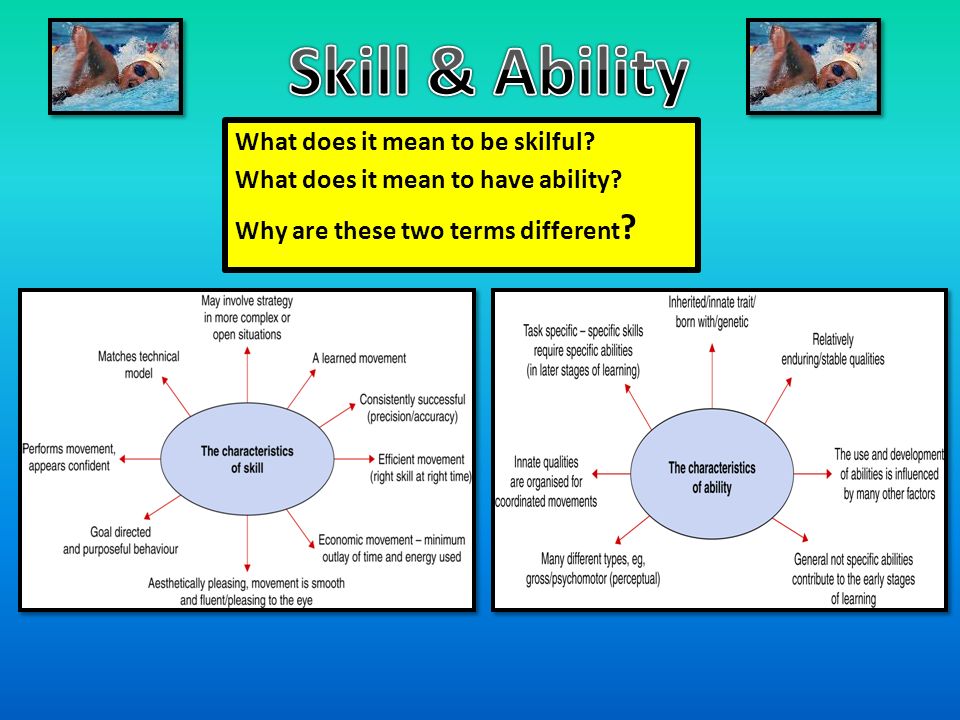 In other words, one of the reasons certain aesthetic packages were favored in studies was because they were compared to standard packages by participants.
In other words, one of the reasons certain aesthetic packages were favored in studies was because they were compared to standard packages by participants.
Aesthetic design implies a certain uniqueness compared to ordinary items. If all products on the shelf stand out as unique, the new dynamics may need to be tested for multisensory perception. Visual appeal certainly matters, but it also has to match people's experiences, associations, and expectations.
Attitudes towards popular brands also play an important role in consumer decision making, as in some cases unity and familiarity can be the main factors. However, it is possible to beat the popular cheaper brand with a more aesthetic design based on sensory stimuli such as color, brightness, shape and texture.
Conclusion
Aesthetic packaging design research shows that the more aesthetic the design, the more emotional processes consumers will engage in, resulting in longer response times. In addition, the more people think about the product, while experiencing positive emotions, the more likely they are to choose this product over a competitor. This means packaging designers need to explore the brain's reward system at a deeper level to help gain a competitive edge in packaging design.
This means packaging designers need to explore the brain's reward system at a deeper level to help gain a competitive edge in packaging design.
Topics: Caviar Packaging EN, Pharmaceutical EN, Chocolates , Biscuits & Confectionery packaging EN, Cosmetic Packaging EN, Metal Packaging EN February 19, 2017 Life It is difficult to develop a sense of beauty in oneself, but it is possible at any age.
Share
0 We most often learn about the true aesthetics of things and the surrounding world ourselves. This is not taught in school. Understanding aesthetics is one of the hallmarks of an intelligent person. The inner esthete is that side of the personality that everyone has to educate in themselves on their own. And this is the path that you either choose for yourself once, or bypass it.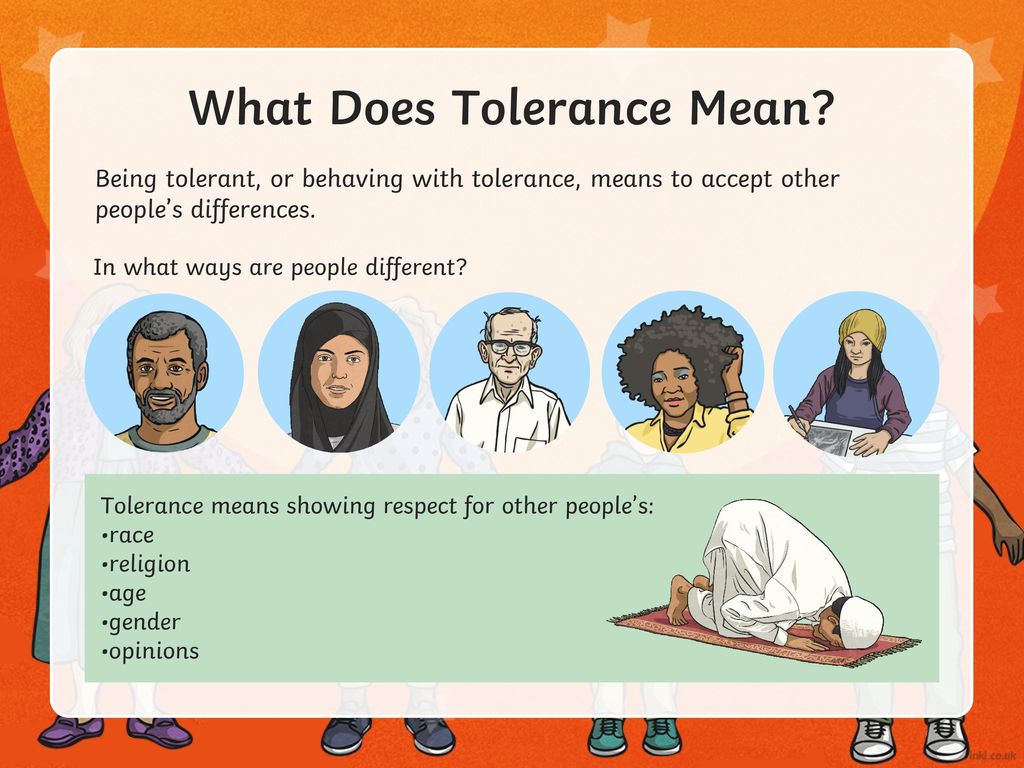
Who is an aesthete
We do not use this word so often, and when we use it, we approximately represent its true meaning. An esthete is a person who distinguishes between the beautiful and the ugly, sees the beautiful in life, art, the world around him, lives and creates according to the laws of beauty.
Aesthetes are educated and refined. They will not allow themselves inappropriate behavior and will not tolerate such behavior. Their ability to feel beauty is manifested in everything: manners, speech, clothes, the interior of the apartment, in what they eat.
These are not supermen or beings from another planet. Despite the fact that an esthete is a sensitive person who perceives beauty on a purely intuitive level, anyone can develop a sense of beauty in themselves.
It is not at all necessary to work in a library or a museum, write critical articles, be a writer or an artist. You don't need some gift to see more in ordinary things than others see. The inner esthete lives in everyone.
The inner esthete lives in everyone.
How to cultivate an aesthete in yourself
1. Listen to the classics
Start simple. Listen to at least one song a day. No one says you have to give up your musical preferences. To get started, diversify your playlists with the creations of Beethoven, Vivaldi, Chopin. When you begin to distinguish Rachmaninov from Mozart by ear, you will want more.
2. Read classical prose
Start with Russian classics. Use Brodsky's list, the advice of the Strugatsky brothers, or the BBC's list of the 200 best books. Believe me, the classics will teach you to see beauty and prove that you should not have taken them up before.
3. Read poetry
Re-read Pushkin, whom you were not able to understand in your school years. Rethink Yesenin, Mayakovsky, Blok, delve into the work of Brodsky, who is often absent from the school curriculum even now.
Poets saw the beautiful and the ugly. They will become the best guides to the world of aesthetics.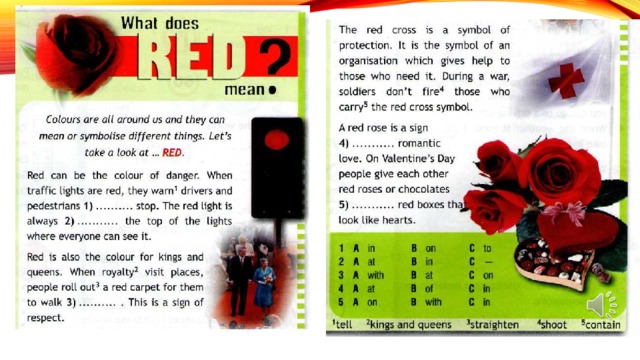 Do not limit yourself to domestic poetry. Get acquainted with the works of Shakespeare, Frost, Auden. Use translations or try to read in the original.
Do not limit yourself to domestic poetry. Get acquainted with the works of Shakespeare, Frost, Auden. Use translations or try to read in the original.
4. Look at the paintings of great artists
This is what we miss the most in everyday life. Instead of getting to know something great, we flooded ourselves with pictures of funny cats and rather flat humor.
Read thematic magazines, visit sites and exhibitions dedicated to painting. Figure out which direction of painting you like the most and dig deeper. You just have no idea how much it will affect your vision of the world.
5. Give up obscene language
Obscene language is something that pollutes not only speech, but also thoughts. By abandoning it, you will increase your level of culture and free your speech for more useful and beautiful words.
6. Go to the theater
Buy tickets a month or two in advance and go to the performance on the appointed day and hour. It will be a big deal, especially if you've been postponing this outing for a year.
7. Diversify your cultural life
Going to the cinema, restaurants and cafes is great. And cinema itself is a separate art form. But by cultural life one should understand slightly different things. Get out to museums, galleries, exhibitions and presentations. It will turn out to be much more interesting and useful than a weekend spent at home under the covers.
8. Rethink what surrounds you
It is often difficult to look objectively at what is happening in life. But since you have decided to cultivate an esthete in yourself, this must be done.
Take a fresh look at what you wear, carry, and use in your daily life. You can listen to the classics as much as you like, read Maugham in the morning, and Lermontov before bed, but if you are surrounded by unaesthetic things, it will be difficult for you to change for the better.
Update your wardrobe, let it become stricter and more beautiful. Transform your home with the advice of designers and your own flair.

